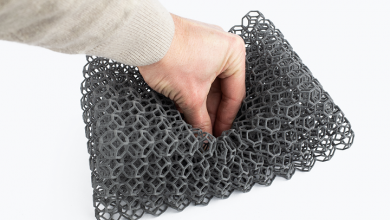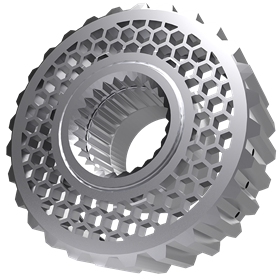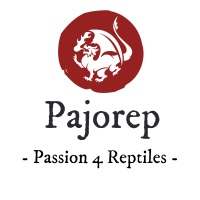
In this article, we’ll walk you through step-by-step 3D printing from the 3D model to the final product. In order for the resulting print to work well, it is necessary to follow a certain procedure and make no unnecessary mistakes. Once you understand the basic principle, then you can easily print yourself. The use of the right 3d printing powder manufacturers comes essential there.

Before printing, it is recommended to look at the article: Setting up a 3D printer. If you have not purchased or selected a 3D printer yet, see: Selecting a 3D Printer. You will also find it useful to choose the right filament for your 3D printing.
Modeling
You can either design your model yourself in CAD or use a simple tinker card, or just download it from one of the many sites where the models are free or for a fee.
Converting the model to g.code
To print a model, we need to convert it from (.obj, .stl) to g.code, which is understood by a 3D printer. This file stores the coordinates that the nozzle will drive and how much material the printer will need to print the resulting object.
For example, you can use Slic3r. In Slic3r you set the material, quality and print speed. You can also resize the model and position it on the mat.
Program Slic3r
- Let’s add a model
- Click through to more detailed settings for printing, filament and printer
- If the model is ready, we will generate the necessary .gcode
- We choose the quality and speed of printing
- We select material, printer
- We can resize the model
- We can preview the model
- Save the file to the SD card
3D Printing
Insert the SD card into the printer control module. Make sure the washer and nozzle are heated to the desired temperature depending on the material. Do not leave the printer preheated for long periods of time to avoid material degradation and clogging the nozzle. Check the adhesion of the material to the mat at the first layers.
ABS
Material suitable for printing is more common, rather solid objects.
- Nozzle temperature: 255 ° C
- Substrate temperature: 100 ° C. It can vary between 80 – 110 ° C depending on the
- Size of the object. The larger the object, the higher the temperature
- Washer: Make sure the surface is clean.
PLA
Material suitable for printing is of more detailed objects. PLA is made from renewable sources,
- Mainly corn starch and cellulose. Only PLA is tested for printing with a
- Layer height of 50 microns.
- Nozzle temperature: 215 ° C
- Mat temperature: 50 – 60 ° C
- Mat: Make sure the surface is clean.
PET
- Material suitable for printing large objects due to minimal thermal expansion.
- Versatile material suitable for printing mechanical parts. Do not use
- Isopropyl alcohol to prepare the mat as it may cause excessive adhesion. If you have nothing else to do,
- You need to separate the layers using a glue stick.
- Window cleaners are ideal for preparing PET printing . Spray a little on an unpainted
- Napkin and clean the print surface.
- Nozzle temperature: 240 ° C
- Mat temperature: 80 – 100 ° C
- Mat: Make sure the surface is clean.
